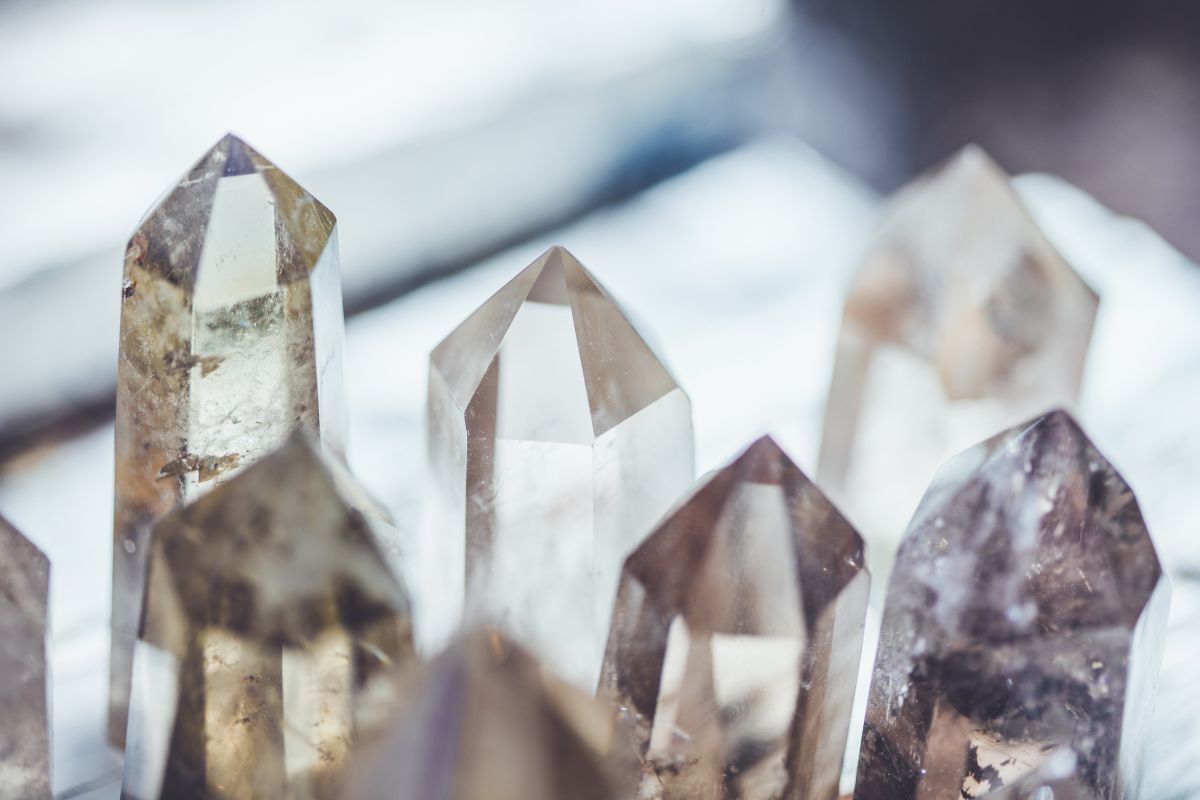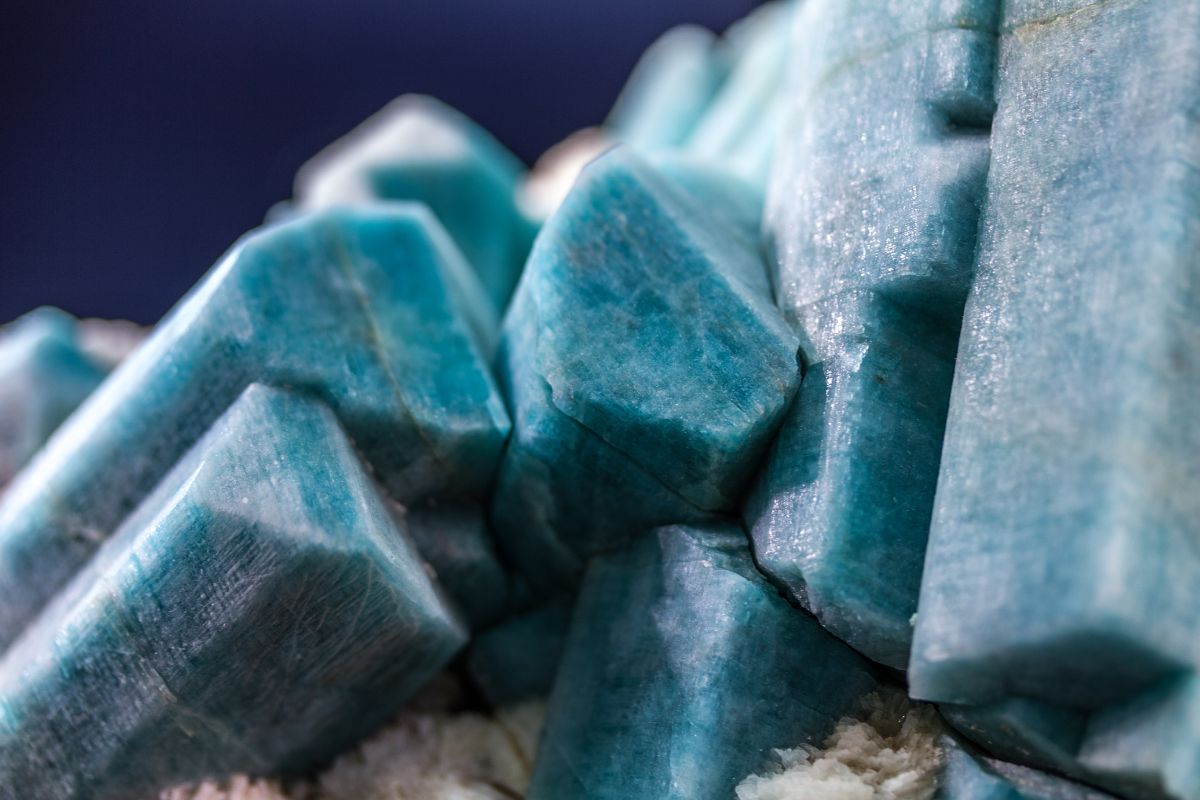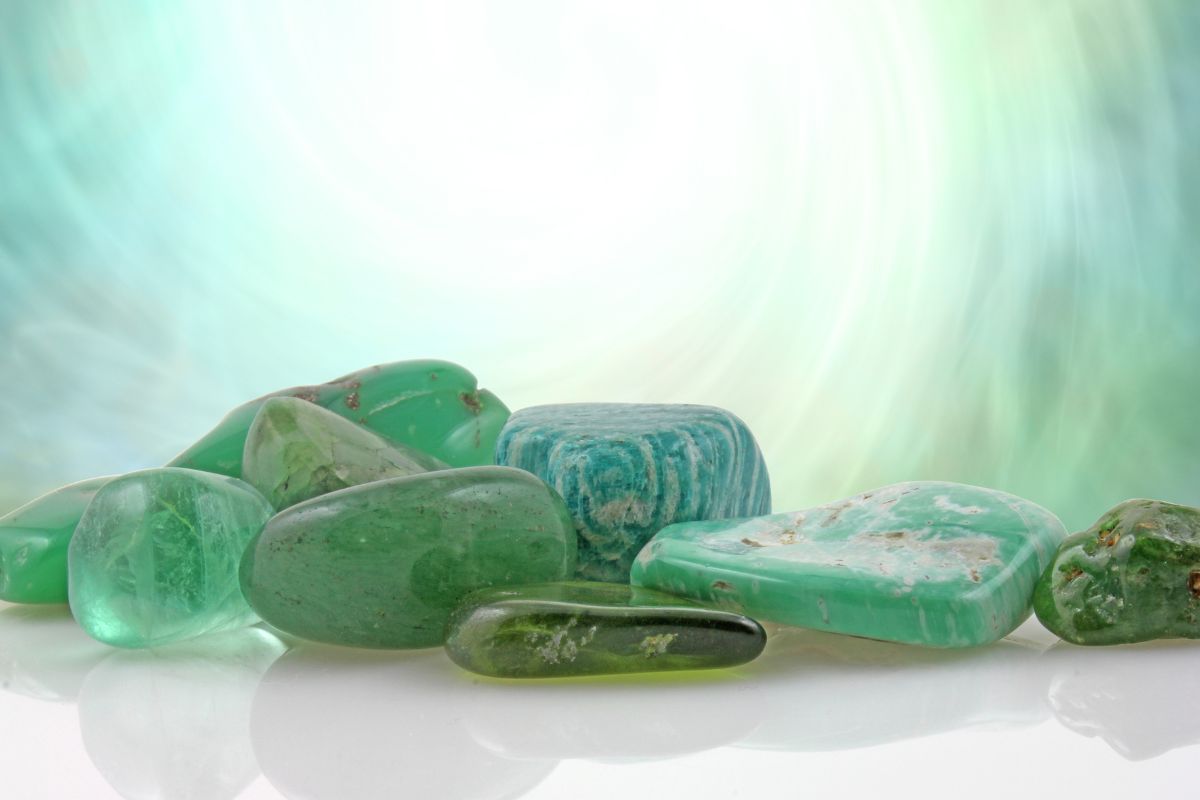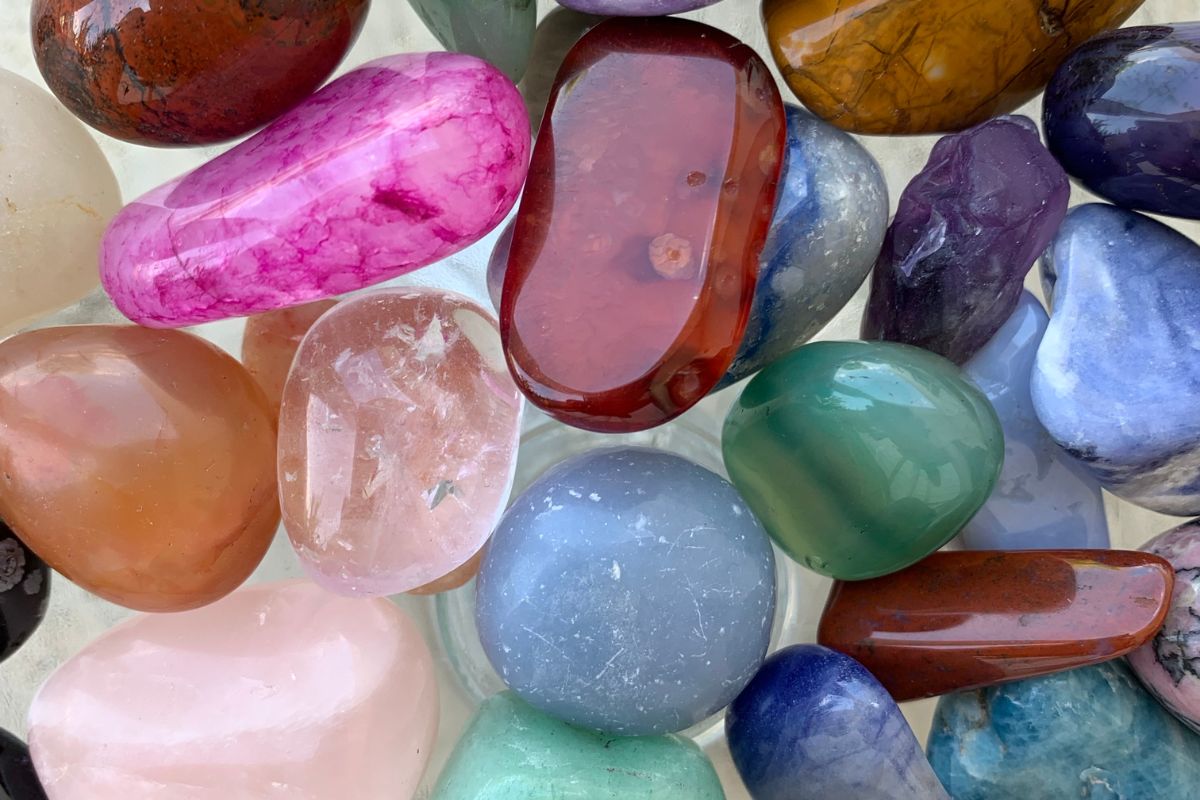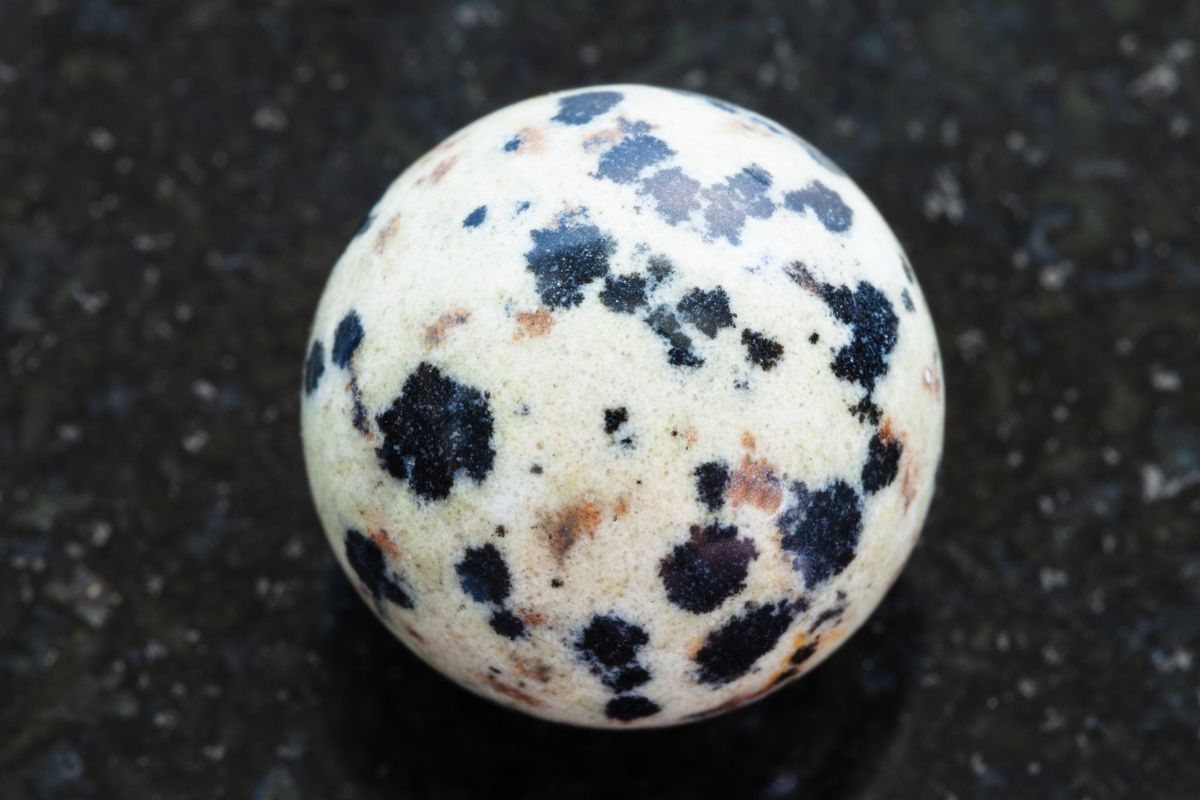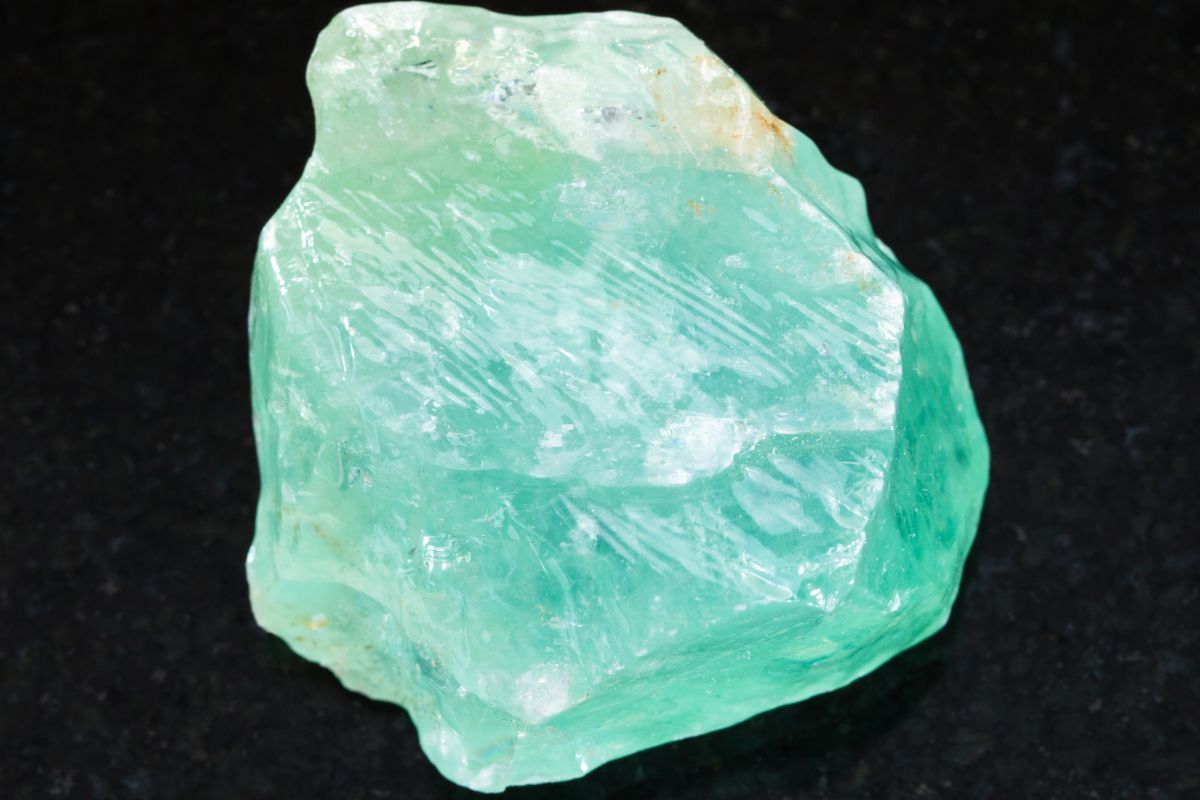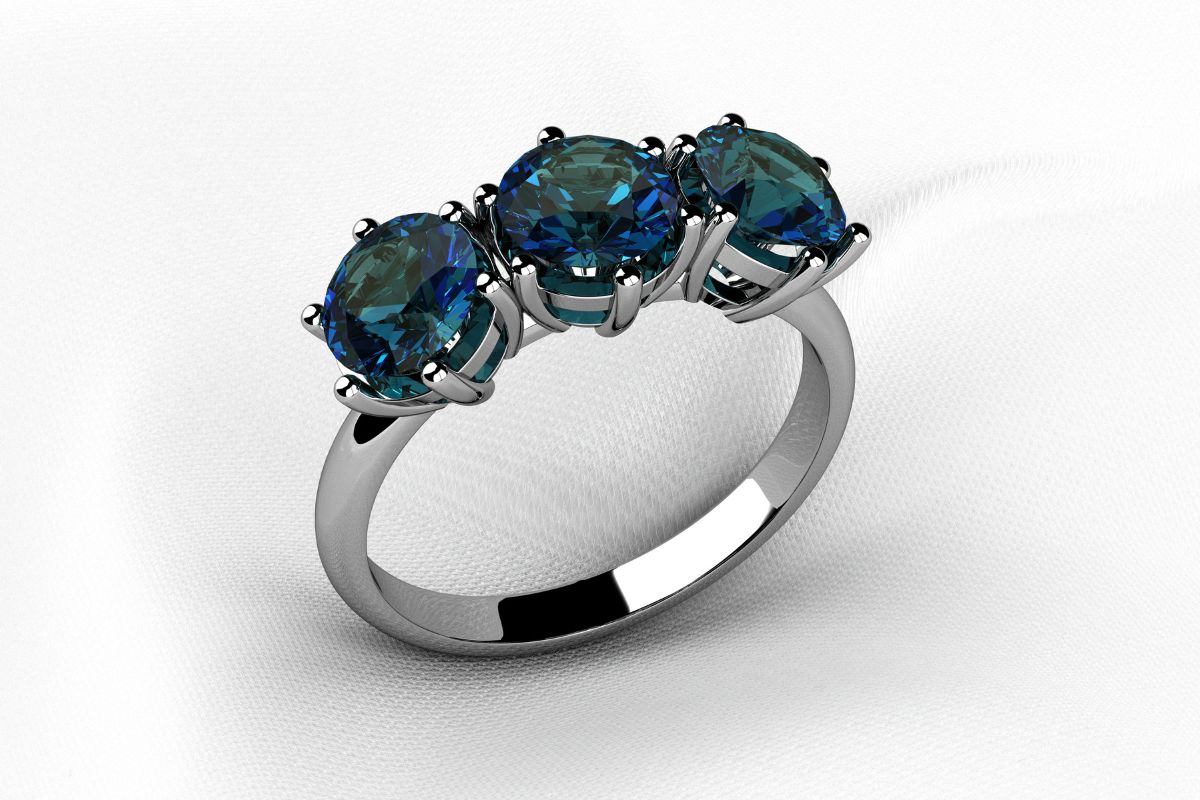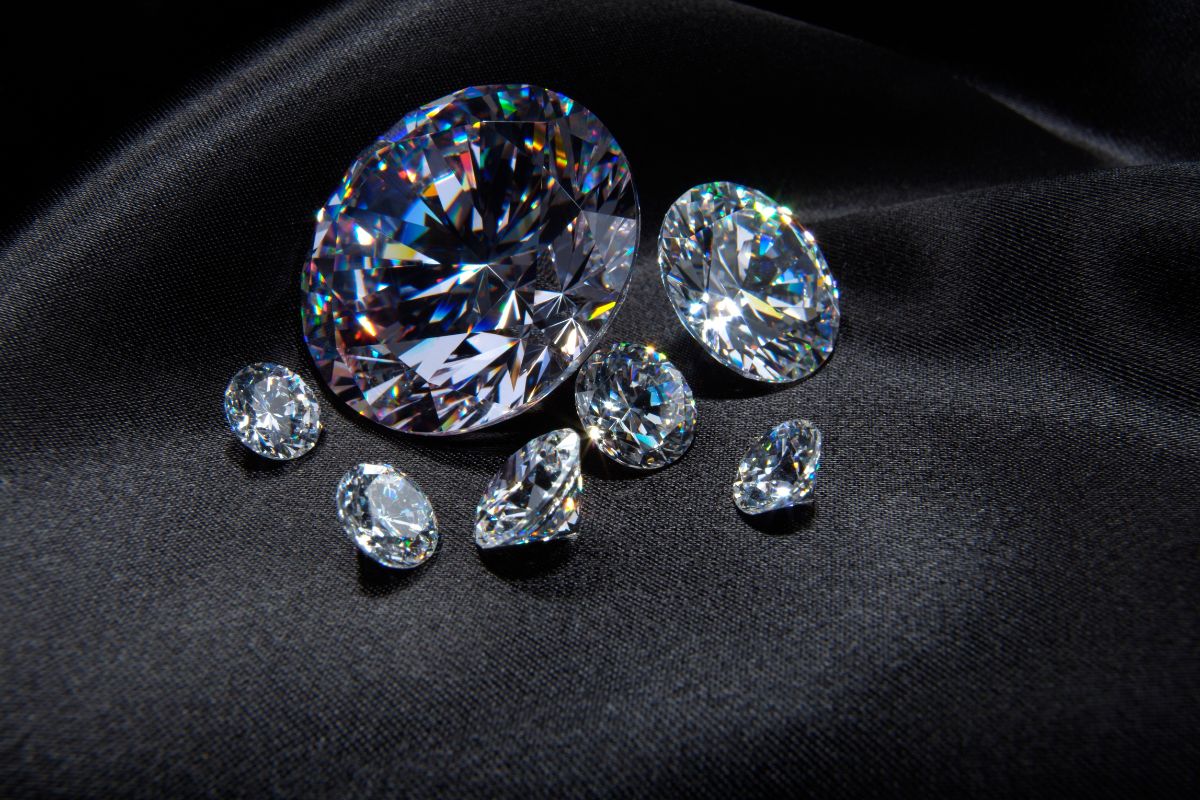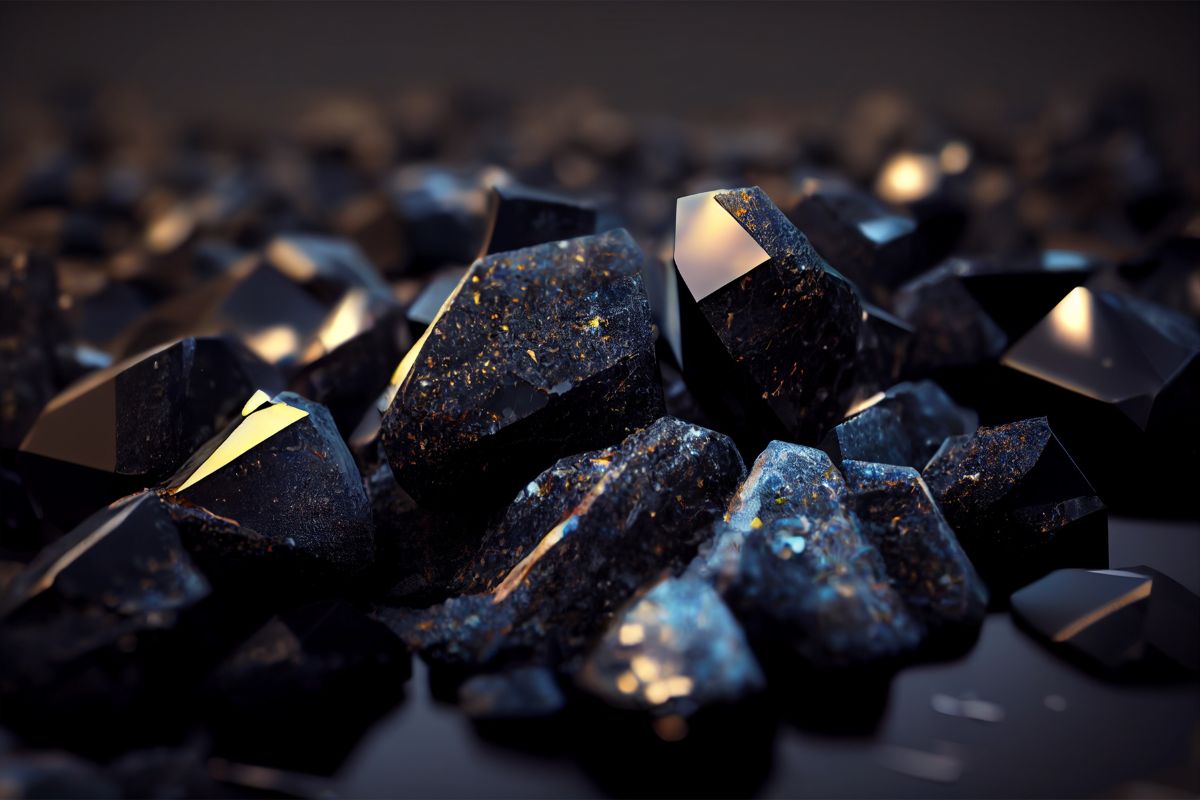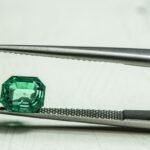Opal is a unique and valuable gemstone. However, its value does not do enough to describe just how show-stoppingly beautiful it is.
It plays on color, and is absolutely bewitching to us. It occupies a central position in a lot of high-end jewelers. But, its value comes at a high cost, often up to around one thousand or more per carat.
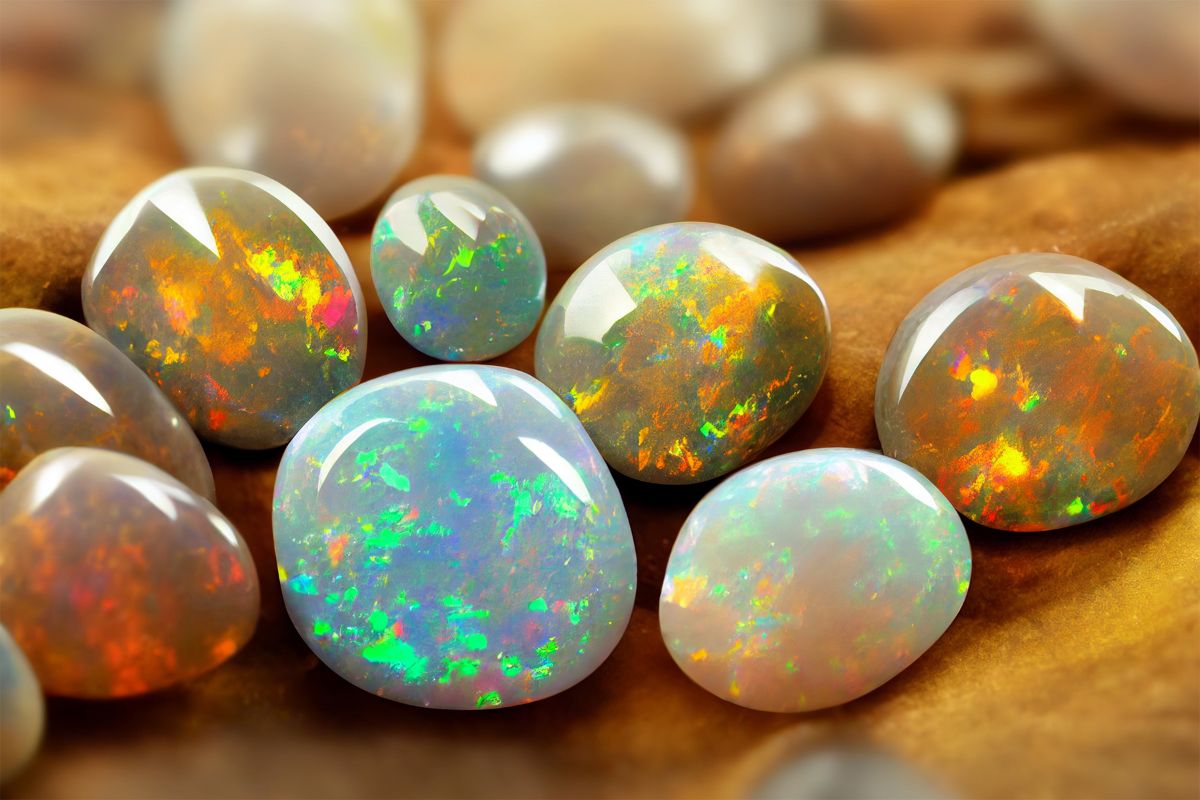
So, it is worth considering why it is worth so much, and exactly how much you could expect to pay for this gemstone.
You see, there are 8 things which alter how much opal is worth. These things include its play-of-color, clarity, origin, color, and how little or how much it has been treated.
The best of all opals will be black with bright and colorful even displays of play-of-color, without any treatment, and will hail from Australia.
Opals are actually so valuable they can be more pricey than diamonds or even gold. In fact, the cost of Australian Opal can even reach up to a whopping $10,000 per carat, which is only 0,2 grams! (see also ‘8 Beautiful Australian Crystals‘)
The evaluation of opal is complicated as each and every stone is unique itself as well.
So, today we will look into the value of Opal and what makes each stone so costly.
Is Opal Valuable?
Opal comes from opalus, a Roman word which is synonymous with this stone.
Opal is very valuable, and has unique play-of-color properties, which other gemstones do not have. This is why it is often priced very highly and can be often seen used as a central stone in high value jewelry.
The highest-quality black opals can even reach up to $6,000 per carat which makes them more expensive and have a higher worth than diamonds or gold!
However, not every opal is made equally, and we should spend some time looking into the categories. The approach of these differ from the typical approach for most mineral gemstones. Structure and careful chemistry do not worth for them gemstones.
Let’s look at the primary categories used in the trade of opal.
- Black opal: This is an opal with a background color which is black, which will contrast with a colorful play-of-color.
- White opal: This opal will have a very prominent play-of-color, wherein the background color will range from medium gray to a translucent white.
- Water opal: The background of water opal can be transparent or semi transparent, but it can show only faint play-of color, or none at all.
- Crystal opal: This opal can be transparent or semitransparent.
- Boulder opal: This open is very different as it will also include rock fragments, or a matrix as part of the gem.
- Fire opal: This opal has a background color which can be transparent (see also ‘Make Your Own Transparent Sugar Crystals – How To Guide‘) or can have translucent oranges, yellows, or reds. These can have no play of color or can.
- Other opals: There are also many gem opals, however they do not have play-of-color. These can come in blues, pinks, and other colors, and can have low to high saturation and different patterns.
How Do You Know If Opal Is Valuable?
Opal is beautiful but hard to evaluate. So, you have to abstract from its beauty and look at its factors of value.
There are 8 factors, so let’s have a quick look at these.
Color
Color is the primary factor. This is separated into the play-of-color and background color.
A darker background such as black or a deep blue are most valuable as they contrast with play-of-color.
The most rare and desired play-of-color is when a hue ranges across the full color spectrum. Red is the most desirable. But if you see colors that are located together, such as red next to blue, this is even more valuable.
Pattern
Pattern notes the arrangement of the play-of-color, you can get pinfire which is small and close together color patches.
Harlequin play-of-color which is angular, broad, and close. Flame is when you see sweeps of reddish streaks that shoot over the stone, or peacock which are green and blue.
Arranged patches are more desired of scattered color. The note of value here is actually the brightness of the colors.
Clarity, Inclusions & Transparency
The clarity of an opal can range from being opaque to totally transparent. If the background is cloudy this influences the color in a bad way.
Opal is also subjective to tiny fracture formations which can happen when the stone loses moisture. This also lowers value.
Brightness
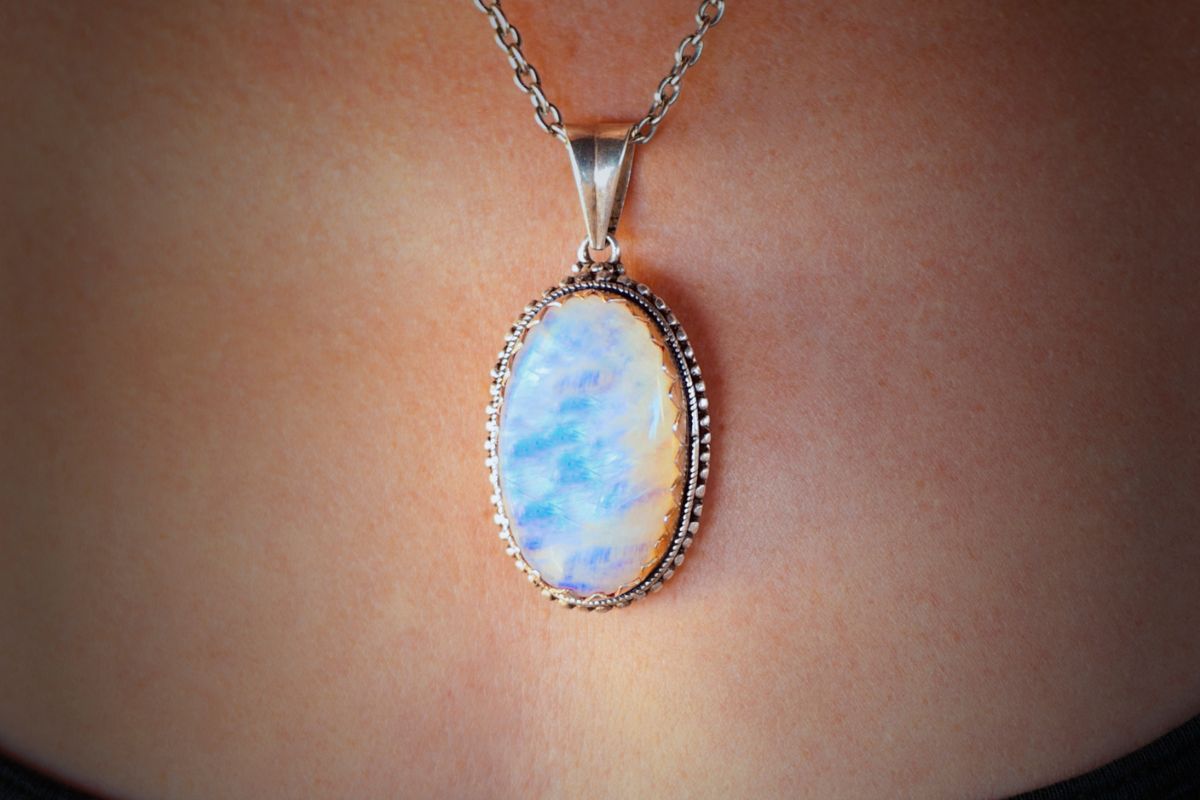
Opal can be rated in brightness from B1 to B7, the brighter the opal is the more expensive it will be.
Opal Field Source
Some mines have a reputation for creating high quality rough that makes good stones. This is most common in Australian and Ethiopian fields.
Shape
Opal is mostly cut en cabochon, this is at its highest value when it has a very high dome in comparison to a flat stone. This is because they make a better ring stone.
Country Of Origin
Australia is known across the world and has a high reputation for producing the world’s best opals. Others such as Mexico, Ethiopia and Brazil all produce good opals.
Each will be unique and this helps to determine value.
Treated VS Natural
These stones are porous so can be treated to enhance their quality. Some may be put together to produce doublets or triplets, however, all should be properly disclosed.
If the stone is treated it will lower the value of the stone.
Overall
The individual stone dictates its value. Opal stones can be more valuable than diamonds, but they are not always so.
It depends on the individual quality of a stone, some stones can be worth five figure sums or more, whereas others are much cheaper.
Its value depends on a plethora of different factors. Color, transparency, flaws, treatment, and where the stone is from are all important factors.
- 15 Crystals That Cannot Be Exposed To The Sun - January 7, 2024
- Malachite Vs Fuchsite – Benefits And Uses - January 7, 2024
- Malachite Vs. Green Jasper: Benefits And Uses - January 7, 2024

